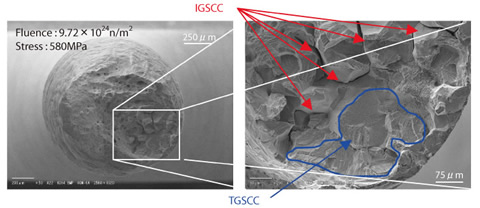
Fig.7-13 Fracture surface of a crack initiation test specimen after out-of-pile test
Fig.7-14 Measurement of crack length on in-pile crack growth test and fracture surface of specimen
Irradiation assisted stress corrosion cracking (IASCC) is one of the critical concerns when stainless steel components have been in service in light water reactors (LWRs) for a long period. It is, however, considered that the reproduced IASCC by the post-irradiation examinations (PIEs) must be carefully compared with the actual IASCC in nuclear power plants, because the actual IASCC occurs in the core under simultaneous effects of radiation, stress and high temperature water environment. Hence there are many difficulties in SCC tests under neutron irradiation. We have embarked on a development of the test technique to obtain information concerning effects of applied stress level, water chemistry, irradiation conditions, etc. The results of this study will be reflected to the evaluation of PIE data and the construction of guidelines for the IASCC research project of METI (Ministry of Economy, Trade and Industry).
With crack initiation test, in the case that the fluence was about 1×1025n/m2 and loading stress was equal to the yield stress of the specimen (at the above-mentioned fluence, it is about 580MPa), occurrences of SCC (intergranular and transgranular SCC) were recognized (Fig.7-13), but there was no clear indication that SCC was accelerated considerably under irradiation.
With crack growth test, there was good correlation between changes of the stress ratio of loading to unloading and circumstances of the fracture surface, it was possible to measure the change of crack length using direct current potential drop method under irradiation (Fig.7-14). About the simultaneous effect of irradiation for crack growth rate, it is considered that the influence of irradiation is almost small because electrochemical corrosion potential is almost equal between PIE data under the conditions of 32ppm dissolved oxygen and in-pile test data.
This study was conducted as a joint research program of JAEA and Japan Atomic Power Company from fiscal 2000 to 2005.